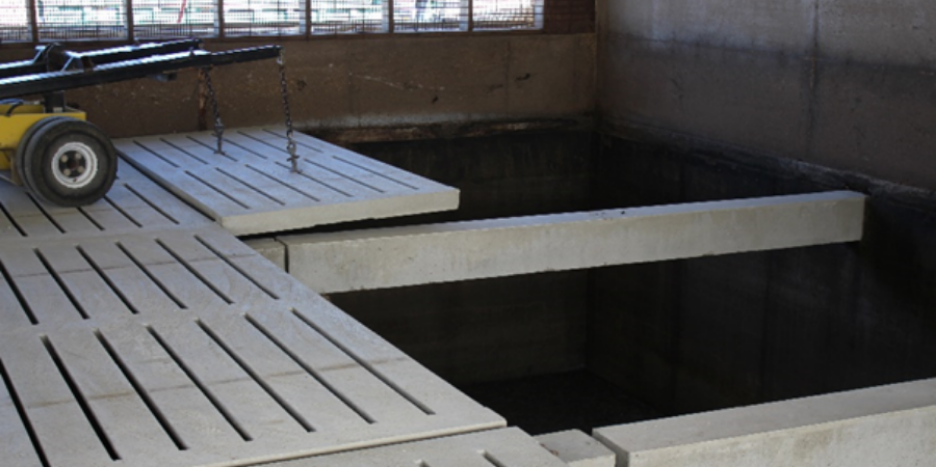For decades, swine and poultry industries have depended on traditional induction motors; however, their performance can falter under pressure. When faced with heat, wind resistance, or fluctuating loads, they tend to slow down, resulting in reduced airflow right when it’s needed most.
The AirStorm Pro™ Fan line eliminates this compromise. Built around the innovative Omni-EC™ direct drive motor, it combines advanced technology with premium components to deliver powerful airflow, exceptional reliability, and precise control—ensuring efficient, reliable ventilation performance when it matters.
Unlike traditional motors, the Omni-EC™ motor continuously monitors speed and thermal conditions in real-time, automatically adjusting torque and speed to maintain optimal performance across a wide speed range (400-700 RPM). Seamless integration with thermostats and sensors enables precise fan speed control that responds to your barn’s changing needs, while built-in overload protection prevents the failures that plague outdated induction fans in extreme conditions. The result: powerful airflow, exceptional durability, and energy-efficient ventilation that keeps your livestock comfortable and productive. Omni-EC™ motor technology isn't just an incremental improvement—it’s engineering designed to perform without compromise.
Advanced Motor Technology: Built-In Intelligence for Peace of Mind
Powered by Leeson motors and protected by an industry-leading 3-year full replacement warranty (non-prorated) on the Omni-EC™ motor and drive combination, the AirStorm Pro represents advanced motor technology engineered for reliability.
Built-In Protection. The motor continuously monitors speed and thermal conditions, automatically adjusting to prevent overheating and ensure reliable airflow when you need it most. Built-in overload protection safeguards against the failures that plague outdated induction direct drive fans in extreme conditions.
No Remote Drive. With the drive embedded directly in the motor, installation is streamlined, and potential failure points are reduced. No remote drive means fewer components to maintain and greater long-term reliability.
Efficient Power. Active Power Factor Correction (PFC) reduces the noise and current fluctuations typical of standard VFD/ECM systems. The result is an amperage draw comparable to traditional belt-driven motors, enabling smaller electrical circuit requirements without sacrificing performance.
Extended Lifespan. Soft start and stop features reduce mechanical stress on components, while intelligent thermal management prevents burnout from heat and pressure. These protections work together to maximize motor lifespan and minimize downtime.
Real Rewards Where It Matters
ECM motors deliver 10-20% greater efficiency than standard induction motors at full speed, with efficiency gains reaching up to 30% at reduced speeds. This translates directly to lower operating costs while maintaining the precise airflow control your operation demands.
"Better airflow means more consistent temperatures, reduced stress, and better pig performance," says Ross Thompson, Hog Slat Ventilation Director. "ECM motors give us the ability to fine-tune ventilation like never before—delivering the right amount of airflow, exactly when it's needed."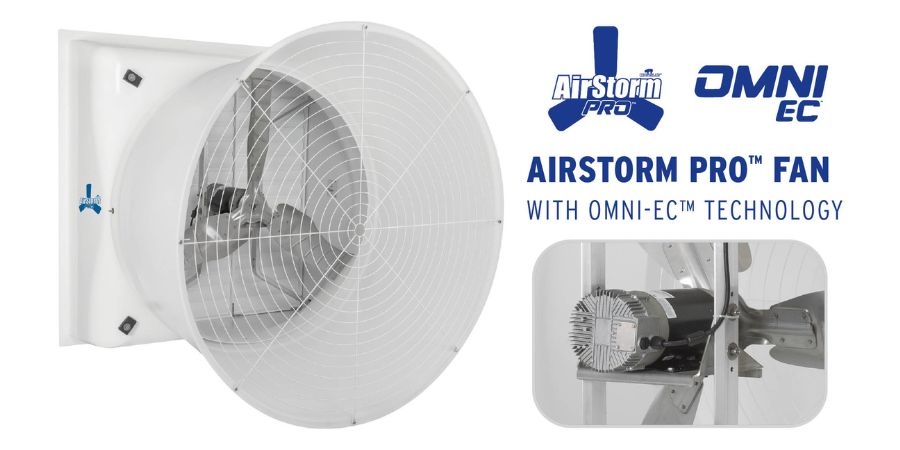
Upgrade without starting from scratch
You don’t need to start from scratch. Retrofit kits make upgrading to Omni-EC™ technology straightforward and cost-effective. You get all the benefits of advanced ECM performance—precision control, energy savings, and built-in intelligence—without replacing your entire ventilation system.
In an industry where margins matter and reliability is non-negotiable, the AirStorm Pro delivers ventilation engineering designed to perform without compromise—giving you the power, efficiency, and control to optimize your barn environment and maximize productivity.
For more information, contact your local Hog Slat or Georgia Poultry sales representative. HS/GPE/ESPS/SAS Sales Representatives Contact Information | Hog Slat












 Україна
Україна Méjico
Méjico



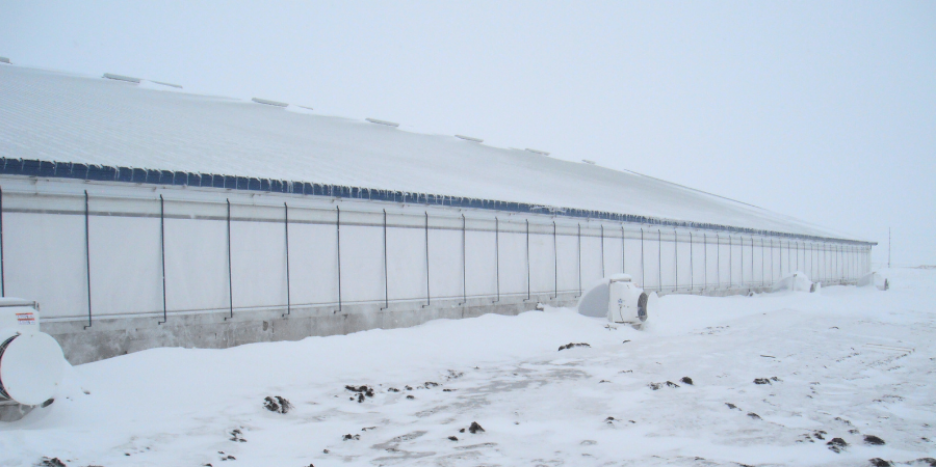
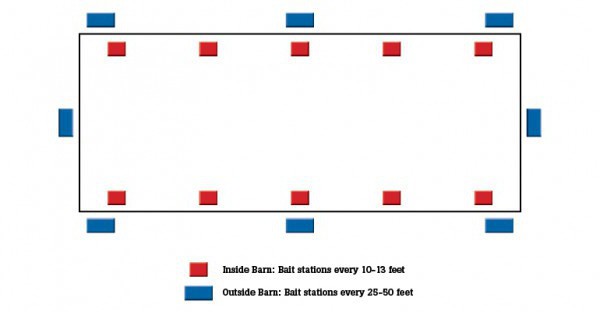

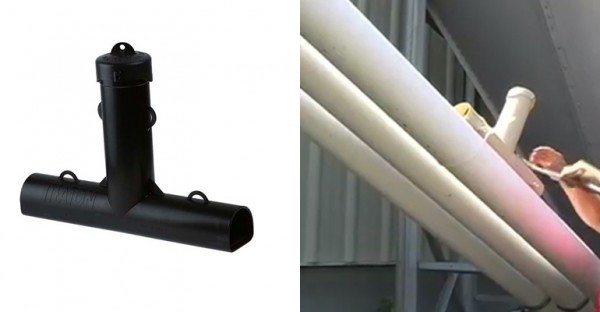
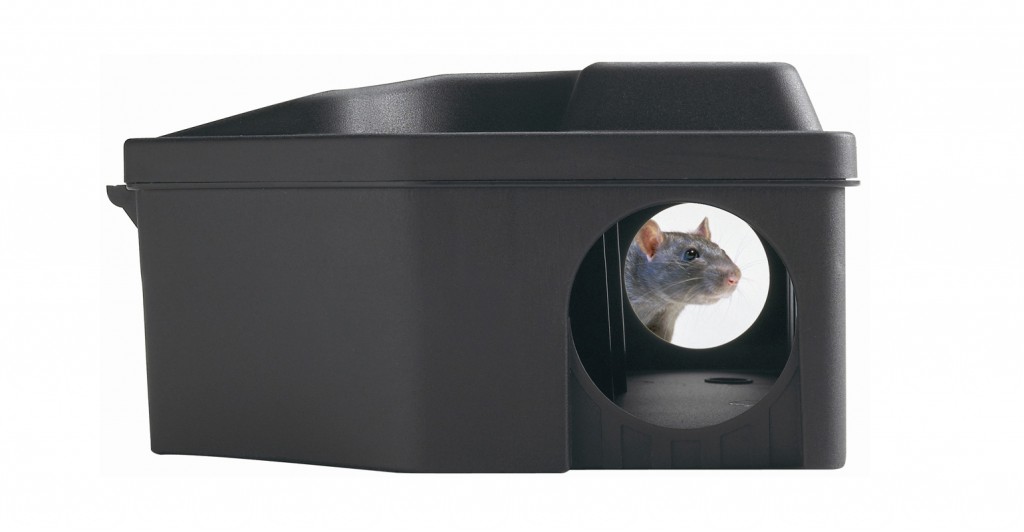
_936.png)
